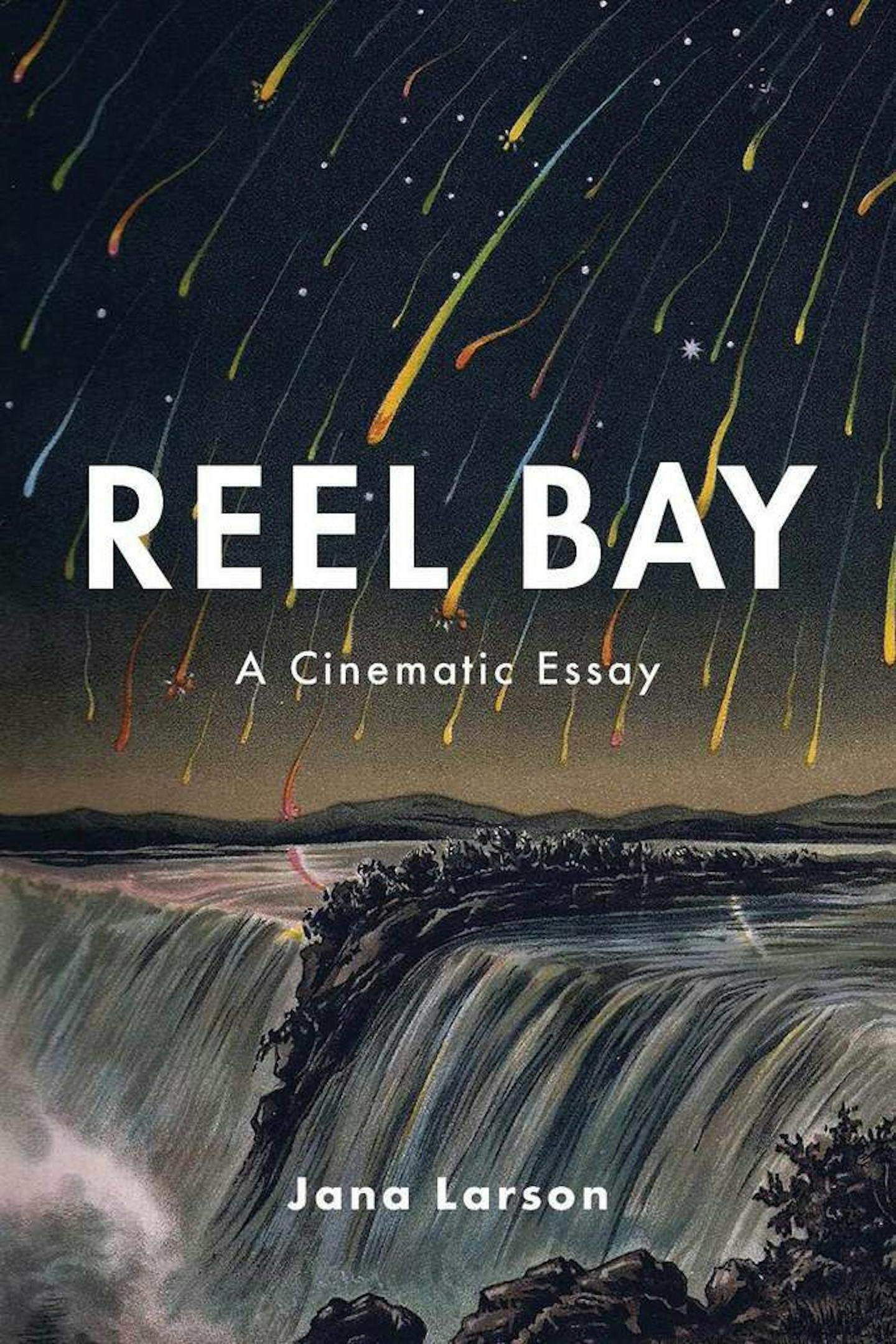Nineteen years ago, a short news item in the Star Tribune caught the eye of Minneapolis native Jana Larson. The body of a young Japanese woman had been found in a field one hour outside of Fargo. Her death had been ruled a suicide, and the report presumed she traveled to the rural location from Tokyo in search of the money hidden by Steve Buscemi's character in the fictional film "Fargo."
As Larson recounts in her contemplative debut book, "Reel Bay: A Cinematic Essay," Takako Konishi's treasure hunt was more urban legend than hard fact. The author attempts to decipher the woman's true motives, observing that Konishi seemed to be "treading the line between reality and fiction, hoping to move from one side to the other."
Fittingly, Larson softens the divisions separating genres by interweaving memoir, travelogue and screenplay. While unconventional, it works, and the result is a cleverly aberrant narrative structure dealing with the creative process and the difficult search for meaning.
It's worth noting that large portions of "Reel Bay" are written in second-person, a stylistic quirk that positions the reader as the book's writer. An apartment in San Diego is turned into a Japanese one-bedroom to be used in a film based on a dream. "You move most of your things to a friend's house and live inside Takako's apartment for a while," writes Larson, "waiting for the screenplay to come to you."
Later, the writing shifts to third-person, and Larson depicts herself living in Japan, penning a script in which she appears on screen as the director and receives texts and faxes from Konishi, "helping to shape the story."
"Reel Bay" benefits from the drawn-out path Larson took to arrive at her finished book. She originally intended to make a movie; nearly two decades ago, not long after learning about Konishi, she boarded a bus from Minneapolis to Bismarck, N.D., retracing the mysterious woman's footsteps. She interviewed people who had interacted with Konishi in her last days, as well as the man who found her body and the police officers who investigated her death. She returned home, reviewed her footage and failed to find a film within it. A few years later, she boarded a plane to Japan, taking on the role of the drifting foreigner.
(A different film, "Kumiko, the Treasure Hunter," written and directed by David Zellner, was released in 2014.)
Throughout her research, Larson found herself identifying with the "stranger in an empty field, searching for something, lost." She came to think of Konishi's story as "a Rorschach test," indistinct and open to interpretation. Driven by uncertainty, she approached the mystery of Konishi from various angles, hoping in vain for a conclusive exposition.
In Larson's words, Konishi was a woman who "wanted to arrive at a place that didn't exist." That the author's younger self could also fit this description doesn't seem coincidental. Yet, her older self appears to have found her way, and the heartfelt account that has materialized is proof.
Andru Okun is a freelance writer living in New Orleans.
Reel Bay
By: Jana Larson.
Publisher: Coffee House Press, 283 pages, $16.95.







